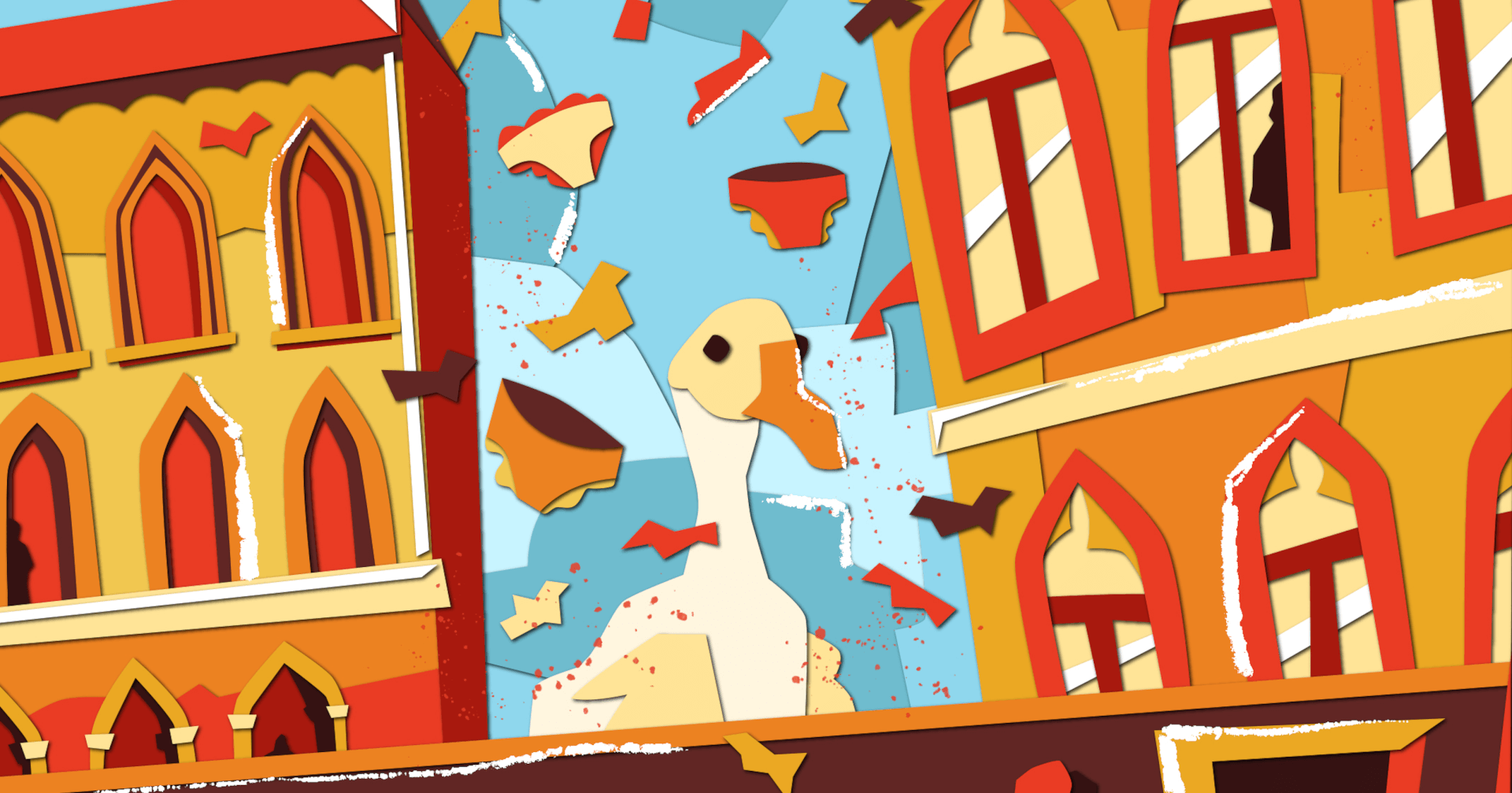The Triumph of Honour
Mo | Tu | We | Th | Fr | Sa | Su |
Synopsis
Act 1
Ricardo Albenori, a dissolute young man, and his friend, the soldier Rodimarte Bombarda, arrive in Pisa, having escaped from Lucca where they had run into trouble with the law. In Lucca, Riccardo had also seduced Leonora Dorini before rejecting her in favour of Doralice Rossetti. Leonora has followed him and takes refuge with Cornelia Buffacci, Doralice's aunt. Doralice, too, is still pursuing Riccardo, who manages to convince her he loves her.
Act 2
Erminio, Leonora's brother who is in love with Doralice, arrives in Pisa. Leonora tells him how Riccardo, Erminio's friend, seduced her. He vows to avenge her. Leonora and Doralice quarrel over Riccardo.
Act 3
Riccardo plans to elope with Doralice but Erminio finds him and challenges him to a duel. Riccardo is wounded, repents his dissolute life and accepts Leonora's hand in marriage.
Program and cast
La Fenice Fenice Orchestra
Conductor Enrico Onofri
Director Stefano Vizioli
Teatro Malibran
The Teatro Malibran, known over its lifetime by a variety of names, beginning with the Teatro San Giovanni Grisostomo(or Crisostomo) after the nearby church, is an opera house in Venice which was inaugurated in 1678 with a production of the premiere of Carlo Pallavicino's opera Vespasiano. By 1683, it had quickly become known as "the biggest, most beautiful and richest theatre in the city" and its operatic importance throughout the 17th and 18th centuries led to an even grander description by 1730:
A true kingdom of marvels....that with the vastness of its magnificent dimension can be rightly compared to the splendours of ancient Rome and that with the grandeur of its more than regal dramatic performances has now conquered the applause and esteem of the whole world.
Richly decorated, the theatre consisted of five levels of thirty boxes and a large stalls area. However, as an opera house, its success was short-lived and from 1751 to 1800, opera was rarely performed there. Taken over by the municipality in 1797, it became the Teatro Civico until purchased by a partnership and restored in 1819. It re-opened again, this time in private hands, with Rossini's La gazza ladra. But deterioration continued, the partnership broke up, and the remaining partner, Giovanni Gallo, continued with additional refurbishment, giving it the new name of the Teatro Emeronitto (Theatre of Day and Night) and inaugurating it in December 1834 with Donizetti's L'elisir d'amore.
When the famous soprano Maria Malibran came to sing Vincenzo Bellini's La sonnambula on 8 April 1835, she was clearly appalled at the condition of the theatre since Lynn reports that "she refused her fee, telling the impresario to 'use it for the theatre' ". At that point the opera house became the Teatro Malibran in the singer's honour and it is the name by which the theatre has been known ever since.
Transport
Vaporetto
From Tronchetto: line 2 toward Rialto bridge, St Mark and Lido
From Piazzale Roma and the Santa Lucia train station: line 1 or line 2 toward Rialto bridge, St Mark and Lido
Stops: take line 1 to Rialto bridge, St Angel, St Samuel or St Mark Marco (Vallaresso); or Take line 2 to Rialto or St Mark (Vallaresso)
Alilaguna public transportation service from the Marco Polo airport - take the orange line to Rialto bridge or the blue line to St Mark (Vallaresso)

 EN
EN DE
DE IT
IT FR
FR ES
ES RU
RU JP
JP RO
RO
 Seating plan
Seating plan 